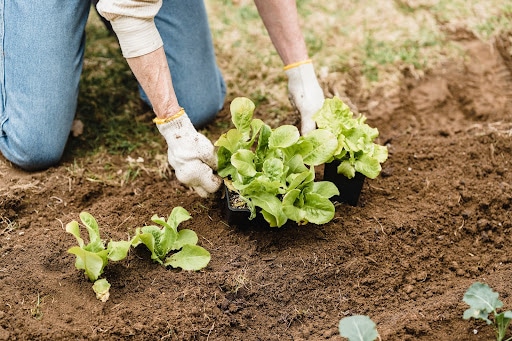Composting has a ton of benefits for your garden and the environment, but how do you actually start composting? Here are the steps:

- Find a shady area of your yard with consistent conditions. Compost piles can be on bare earth to let in worms and other beneficial organisms – or you could purchase a composting bin.
- Lay down a pile of twigs and straw before anything else. This allows for drainage and helps to bring in oxygen.
- Make sure to alternate between “moist” or “green” layers and “dry” or “brown” layers. Moist layers include things like grass clippings, kitchen waste, food scraps, weeds, etc, and should make up 1/4 to 1/2 of the pile. Dry layers include dried leaves, sawdust, straw, or even cardboard.
- Add a nitrogen source to activate the compost pile. Coffee grounds, egg shells, fruit pits, or corn cobs all work well for this.
- Water the pile occasionally, especially if it hasn’t rained in a while to keep it moist.
- If your compost pile is on bare earth, cover it with a tarp to retain moisture.
- Turn the pile every few weeks to allow oxygen to get in.
You’ll know your compost is done when it is dark brown and resembles soil – this can take several months to even a couple of years.
Sean O’Grady is a family medicine specialist who is passionate about the environment and supports green initiatives.
Leave a Reply